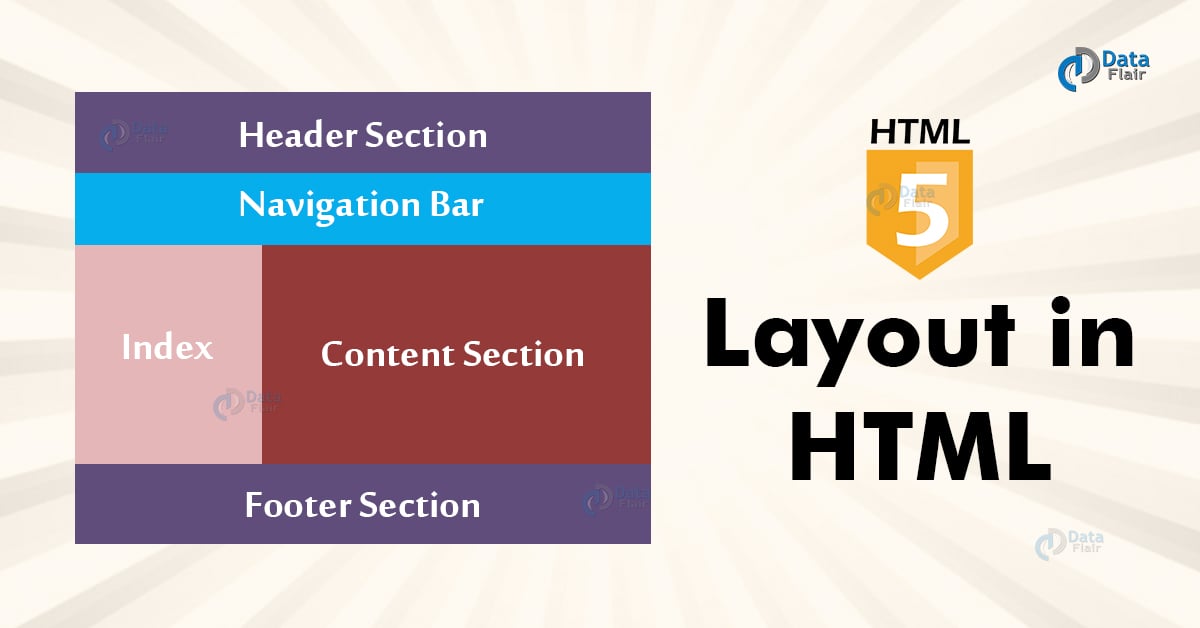Websites often display content in multiple columns (like a magazine or a newspaper).
HTML Layout Techniques There are four different techniques to create multicolumn layouts. Each technique has its pros and cons:
- CSS framework
- CSS float property
- CSS flexbox
- CSS grid
Key Concepts in Positioning Elements
- Building Blocks
- Block-level elements
- Inline elements
- Containing Elements :
If one block-level element sits inside another block-level element then the outer box is known as the containing or parent element.
Controlling the Position of Elements
CSS has the following positioning schemes that allow you to control the layout of a page: normal flow, relative positioning, and absolute
positioning. You specify the positioning scheme using the position property in CSS. You can also float elements using the float property.
- Normal flow
The paragraphs appear one after the other, vertically down the page.
- Relative Positioning
The paragraph has been pushed down and right from where it would otherwise have been in normal flow.
- Relative Positioning
The heading is positioned to the top right, and the paragraphs start at the top of the screen (as if the heading were not there).
- Fixed Positioning
The heading has been placed in the center of the page and 25% from the top of the screen. (The rest appears in normal flow.)
- Floating Elements
The heading has been floated to the left, allowing the paragraphs of text to flow around it.
When you move any element from normal flow, boxes can overlap. The z-index property allows you to control which box appears on top.
Floating Elements
The float property allows you to take an element in normal flow and place it as far to the left or right of the containing element as possible.
Clearing floats
clear
The clear property allows you
to say that no element (within
the same containing element)
should touch the left or right�hand sides of a box. It can take the following values:
left
The left-hand side of the box
should not touch any other
elements appearing in the same
containing element.
right
The right-hand side of the
box will not touch elements
appearing in the same containing
element.
both
Neither the left nor right-hand sides of the box will touch elements appearing in the same containing element.
none
Elements can touch either side.
Screen Sizes
Different visitors to your site will have different sized screens that show different amounts of information, so your design needs to be able to work on a range of different sized screens.
Screen Resolution
Resolution refers to the number of dots a screen shows per inch. Some devices have a higher resolution than desktop computers and most operating systems allow users to adjust the resolution of their screens.
Page Sizes
Because screen sizes and display resolutions vary so much, web designers often try to create pages of around 960-1000 pixels wide (since most users will be able to see designs this wide on their screens).
Fixed Width Layouts
Fixed width layout designs do not change size as the user increases or decreases the size of their browser window. Measurements tend to be given in pixels.
Liquid Layouts
Liquid layout designs stretch and contract as the user increases or decreases the size of their browser window. They tend to use percentages.
Layout Grids
Composition in any visual art (such as design, painting, or photography) is the placement or arrangement of visual elements — how they are organized on a page. Many designers use a grid structure to help them position items on a page, and the same is true for web designers.

